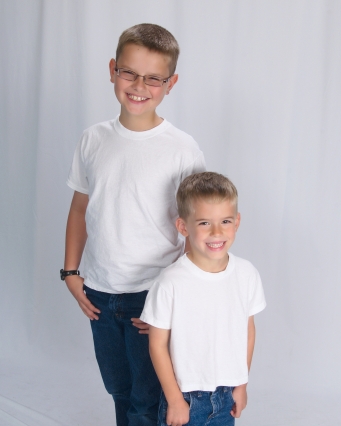
“Multicultural Harmony” by Sara, 10; Zehra, 12; and Ayla, 11 – Funkor Child Art Center, Islamabad, Pakistan
In preparing for my final project, which is a research proposal, I really wanted to ascertain my philosophical worldview, according to Creswell’s text. Additionally, Joanne suggested a discussion of our philosophical worldviews as a topic for our blog [“Creswell (2009) describes 4 philosophical worldviews that shape many researchers’ perspectives. Read (or re-read) this section of the text (pp 6-11) and try to position yourself in one of these four worldviews. Explain your choice.”]. So, even though this is from the very beginning of the Creswell book, I had a difficult time reading and understanding this section back at the beginning of the semester. I wrote about it before, and I re-read it back when it was assigned, and now, I have read it yet again. The current reading was much different than before because I know more about research, have more of a context in which to put Creswell’s four worldviews, and am able to identify the one that best fits with my personal belief system as well as my goals for my final project. This time, the reading made sense and, in some ways, is a great way to frame my research proposal, as I embark on the journey of writing it.
So as I read through the four philosophical worldviews: postpositivist; social constructivist; advocacy and participatory; and pragmatic, I was able to mostly dismiss the postpositivist worldview. This worldview is appropriate for quantitative, scientific research, and discussions of cultural competence and diversity awareness do not easily lend themselves to only quantitative research. These are nuances topics with many levels of potential understanding. I read the worldviews in the order Creswell presented them, which is the order I have listed them above, and when I got to the second one, social constructivist, there were elements that rang true, for example, addressing “the process of interaction among individuals,” (p. 8) and acknowledging that we all make sense of the world based on our “historical and social perspectives,” (p. 9). So, I can take some from the social constructivists. But, when I got to the advocacy and participatory worldview, I knew I had found THE ONE! Here’s the description from Creswell:
An advocacy/participatory worldview holds that research inquiry needs to be intertwined with politics and a political agenda. Thus, the research contains an action agenda for reform that may changes the lives of the participants, the institutions in which individuals work or live, and the researcher’s life. Moreover, specific issues need to be addressed that speak to important social issues of the day, issues such as empowerment, inequality, oppression, domination, suppression, and alienation. (p. 9)
My goal with this research project, even though I am not certain exactly how it is going to play out, is to ultimately improve library services to all children, including those for whom the library may not be a culturally sensitive and comfortable place. I want libraries to be welcoming spaces with culturally competent staff members serving the needs of all the members of our diverse communities. One avenue toward achieving this goal is to look at what future children’s librarians are being taught in LIS programs and determine what is lacking and what should be added to ensure that all librarians leave library school prepared to serve all patrons with cultural competence and sensitivity. I have other ideas about how libraries can become culturally competent places: staff cultural competency training, collection development, library policies, and more, but right now I am looking at LIS programs, as I see these as a great way to deal with this issue right up front in librarians’ training.
Moving on to the pragmatic worldview, I certainly see where pragmatism and, in particular, a mixed methods research approach is useful, and I do not see the pragmatic worldview as antithetical to the advocacy/participatory, but the worldview that resonated with me way above the others was the advocacy/participatory. And I think that is significant for me to acknowledge and understand as I move forward on my research proposal.









